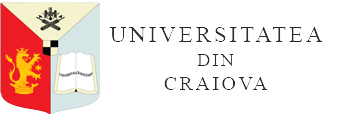STUDY OF THE POLYPHENOLIC POTENTIAL OF RED WINE GRAPE VARIETIES CULTIVATED IN DIFFERENT VINEYARD AREAS IN OLTENIA
DOI:
https://doi.org/10.52846/bihpt.v29i65.184Cuvinte cheie:
grapes, red wine, polyphenols, anthocyans, Ic, Tc, dA%Rezumat
The basic idea that governs the tracking of the ripening of grapes, in order to determine the time of harvest, is that the grapes harvested at the best time, considered optimal, allow the extraction of the maximum quality from the constituents of the grains (in our case, the maximum of phenolic compounds).
The degree of ripening of the grapes largely determines the must yield during primary vinification, but especially the composition and quality of the resulting wine. A premature harvest leads to a decrease in the must yield, while a delay results in harvest losses and a decrease in the total acidity of the must, both inconvenient situations leading to a decrease in the content of polyphenols.
All these considerations converge towards the final goal, namely, to capitalize as effectively as possible on the oenological potential of the varieties, for the production of quality red wines, polyphenolic and sensorial balanced.


